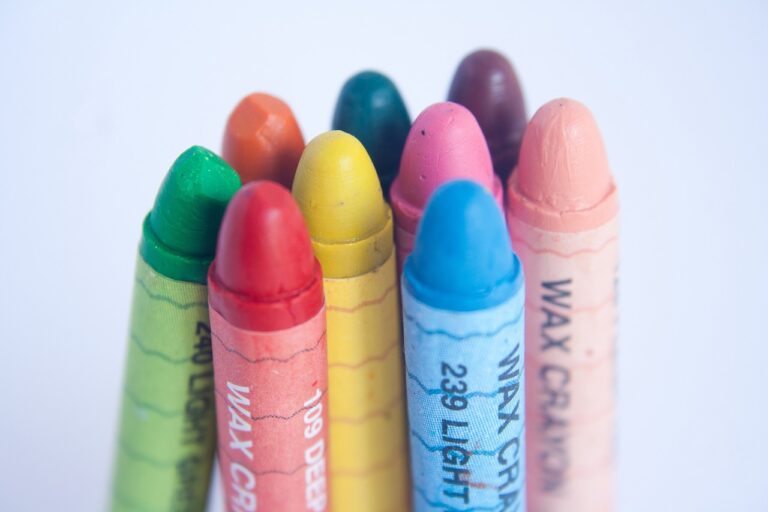Promoting Culturally Inclusive Practices in Art Education
Culturally inclusive practices in art education play a crucial role in ensuring that all students have the opportunity to express themselves authentically through the arts. By incorporating diverse perspectives and traditions into the curriculum, educators can create a more enriching and inclusive learning environment. This allows students from different cultural backgrounds to see themselves reflected in the art they create and study, fostering a sense of belonging and respect for diversity.
In addition to promoting cultural understanding and appreciation, incorporating diverse perspectives in art education can also help students develop critical thinking skills. By engaging with art that represents a wide range of cultural experiences, students are challenged to think critically about their own beliefs and assumptions. This process of reflection and analysis encourages students to think more deeply about the world around them and to consider different viewpoints and experiences.
Understanding Cultural Diversity in Art Education
Cultural diversity plays a crucial role in art education as it exposes students to a wide range of artistic perspectives and traditions. By incorporating diverse cultural influences into the curriculum, students are encouraged to appreciate the richness and uniqueness of various artistic expressions from around the world. This not only fosters a deeper understanding of different cultures but also allows students to develop empathy and respect for diverse perspectives.
Art education programs that embrace cultural diversity provide students with the opportunity to explore their own identities and values through artistic expression. By engaging with artworks and creative practices from different cultural backgrounds, students are challenged to think critically about their own cultural assumptions and beliefs. This process of self-reflection helps students develop a broader worldview and a greater appreciation for the complexity of human experiences.
Why is it important to have culturally inclusive practices in art education?
Culturally inclusive practices in art education help students recognize and appreciate the diverse perspectives and experiences of different cultures. It promotes empathy, understanding, and respect for others, leading to a more enriching and holistic learning experience.
How can art educators incorporate cultural diversity into their curriculum?
Art educators can incorporate cultural diversity into their curriculum by including artworks from different cultures, discussing the historical and social contexts of these artworks, and encouraging students to create art that reflects their own cultural identities.
What are some benefits of incorporating cultural diversity into art education?
Some benefits of incorporating cultural diversity into art education include fostering creativity, critical thinking, and global awareness. It also helps students develop a sense of cultural identity and appreciation for diversity.
How can art educators create a welcoming and inclusive environment for students from diverse backgrounds?
Art educators can create a welcoming and inclusive environment by being sensitive to students’ cultural backgrounds, encouraging open dialogue about diversity, and providing opportunities for students to share their own cultural experiences through art.
How can art education help combat stereotypes and promote cultural understanding?
Art education can help combat stereotypes and promote cultural understanding by challenging traditional narratives and representations of different cultures. It encourages students to think critically about the ways in which culture is portrayed in art and media.






